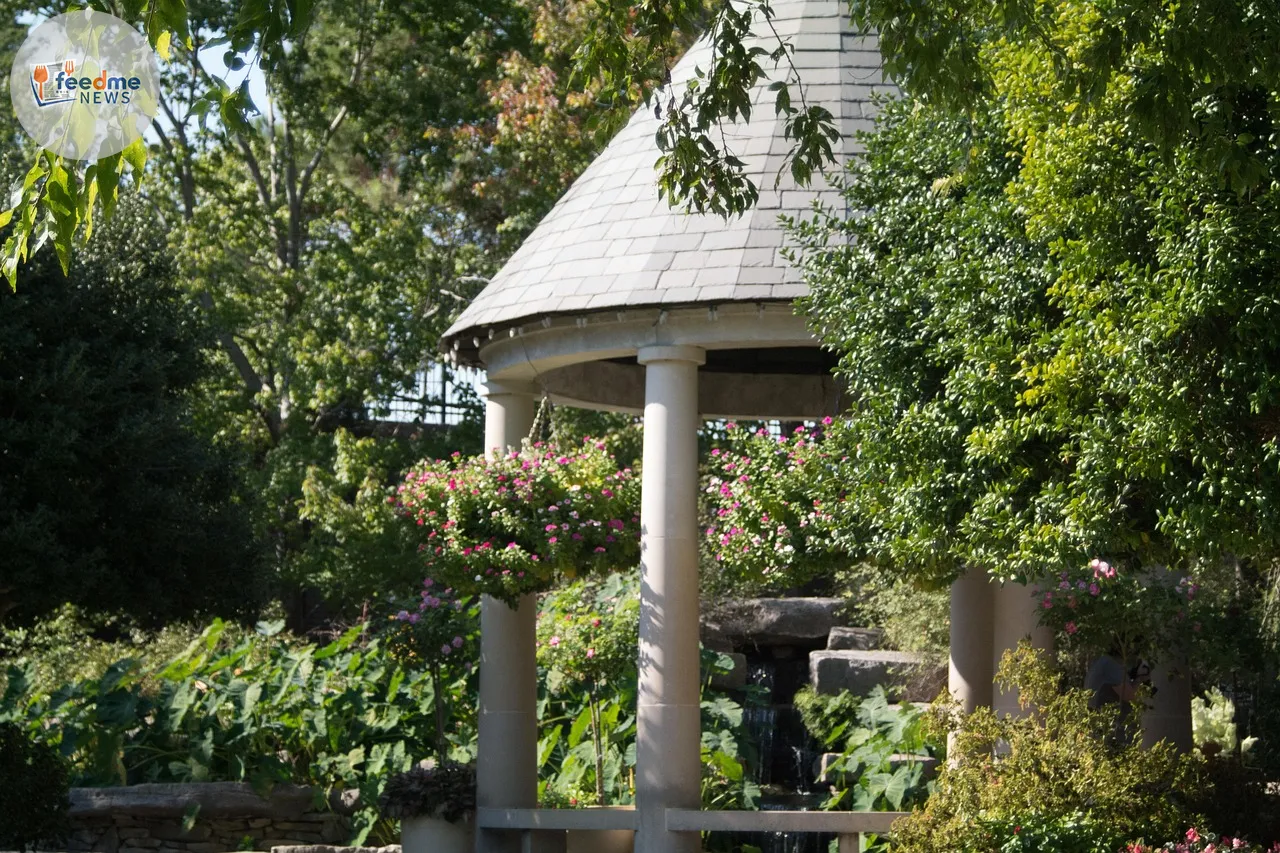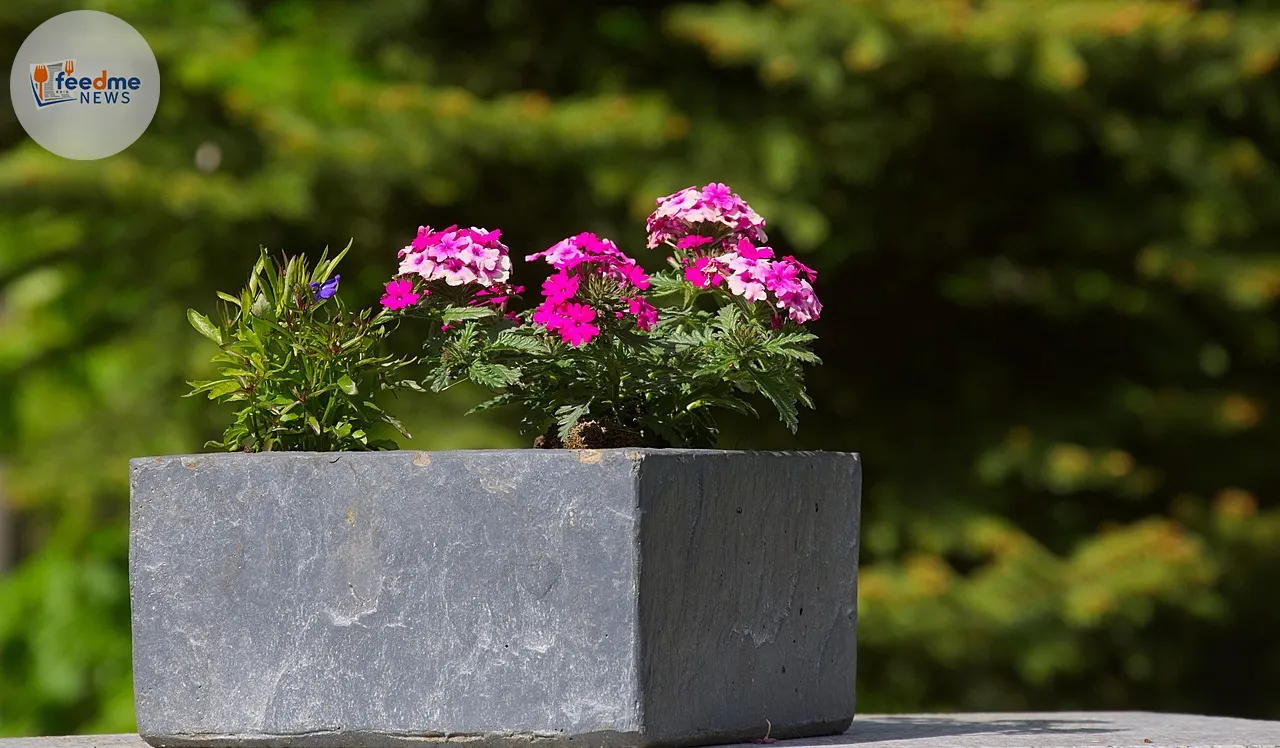The age-old struggle of maintaining a pristine garden is being revolutionised by innovative landscaping ideas that promise minimal effort for maximum beauty. As more people seek to enjoy their outdoor spaces without the constant upkeep, low-maintenance gardens are becoming increasingly popular. Experts and enthusiasts alike are championing these simple yet effective landscaping techniques that allow homeowners to relish their gardens without the relentless labour traditionally associated with yard work.
Embracing the Low-Maintenance Trend
In recent years, there has been a noticeable shift towards sustainable and easy-care gardening. This trend gained momentum in the wake of the COVID-19 pandemic as people spent more time at home and sought to create enjoyable outdoor spaces. The demand for low-maintenance gardens surged as many homeowners realised the benefits of having an inviting yard without the exhaustive effort.
The concept of low-maintenance landscaping revolves around selecting the right plants, materials, and designs that require minimal intervention. This approach not only saves time and energy but also reduces water consumption and maintenance costs. According to the Royal Horticultural Society, choosing native plants and drought-resistant species significantly lowers the need for watering and fertilisers, making them ideal for the environmentally conscious gardener.

Key Strategies for a Low-Maintenance Garden
A primary strategy in creating an easy-care garden is to focus on plant selection. Native plants, which are adapted to local climates, often require less water and care. For instance, in the UK, incorporating hardy perennials like lavender, heather, and sedum can create vibrant displays with minimal upkeep. These plants are not only visually appealing but also attract pollinators, enhancing biodiversity.
Another effective technique is the use of ground covers instead of traditional grass lawns. Ground covers such as creeping thyme or clover provide lush greenery and suppress weed growth, eliminating the need for frequent mowing. This approach aligns with sustainable gardening practices by reducing the carbon footprint associated with lawn maintenance equipment.
The Role of Technology in Modern Landscaping
The integration of technology into gardening has further simplified landscaping tasks. Automated irrigation systems, for example, ensure that plants receive the right amount of water without manual intervention. Smart technology allows homeowners to control watering schedules remotely, optimising water usage and preventing overwatering.
In addition, robotic lawn mowers have transformed yard maintenance by autonomously keeping grass at the desired height. These devices operate quietly and efficiently, allowing homeowners to enjoy a well-manicured lawn with minimal effort. The convenience offered by these technological advancements is driving their popularity among those seeking a hassle-free gardening experience.
Designing for Longevity and Sustainability
Sustainability is a key consideration in modern landscaping. The use of durable materials like stone, gravel, and composite decking not only enhances the aesthetic appeal of outdoor spaces but also ensures longevity with little maintenance. These materials withstand harsh weather conditions and require less frequent replacement compared to traditional wooden structures.
Moreover, incorporating features such as rain gardens and permeable pavements can effectively manage stormwater runoff, reducing the impact on local drainage systems. These sustainable design elements not only contribute to environmental conservation but also enhance the garden’s functionality and resilience.
Expert Insights on the Future of Landscaping
Experts believe that the trend towards low-maintenance and sustainable gardens will continue to grow. As climate change impacts become more pronounced, there is an increasing emphasis on creating resilient landscapes that can adapt to changing conditions. Professor James Hitchmough, a leading expert in planting design at the University of Sheffield, highlights the importance of designing gardens that require minimal resources while still providing ecological benefits.
“Gardens should be seen as dynamic systems that evolve over time,” says Professor Hitchmough. “By embracing diversity and sustainability, we can create spaces that are not only beautiful but also resilient and supportive of local wildlife.”
Looking Forward: The Impact of Low-Maintenance Landscaping
As more homeowners adopt low-maintenance landscaping techniques, the potential benefits extend beyond individual gardens. This trend can lead to broader environmental improvements, such as reduced water usage, lower emissions from gardening equipment, and increased urban biodiversity. Additionally, the shift towards sustainable practices can inspire a greater appreciation for nature and a commitment to environmental stewardship.
For those seeking to transform their outdoor spaces into low-maintenance havens, the journey begins with informed choices and thoughtful design. By embracing these innovative landscaping ideas, homeowners can enjoy their gardens to the fullest while contributing to a more sustainable future.





